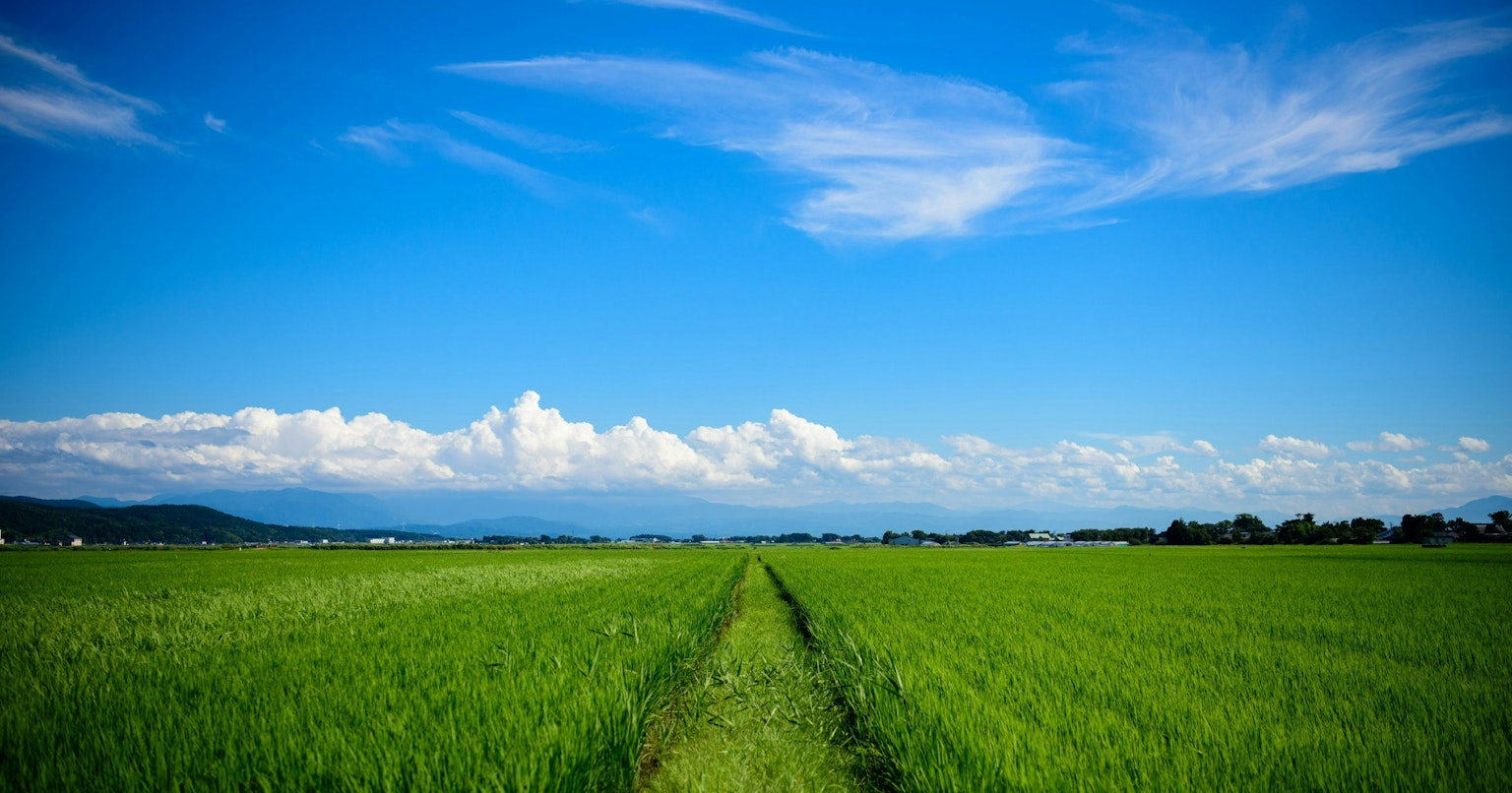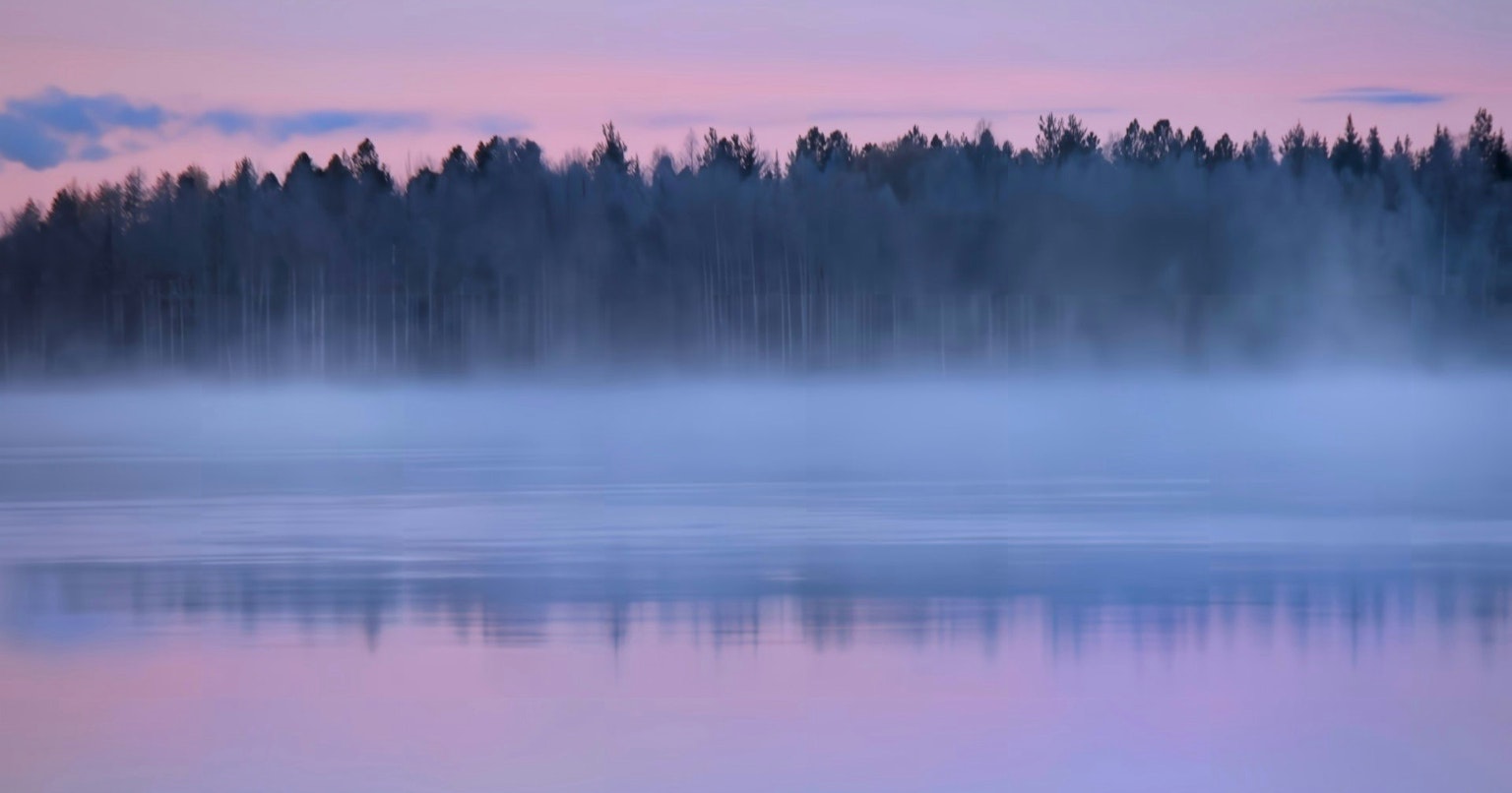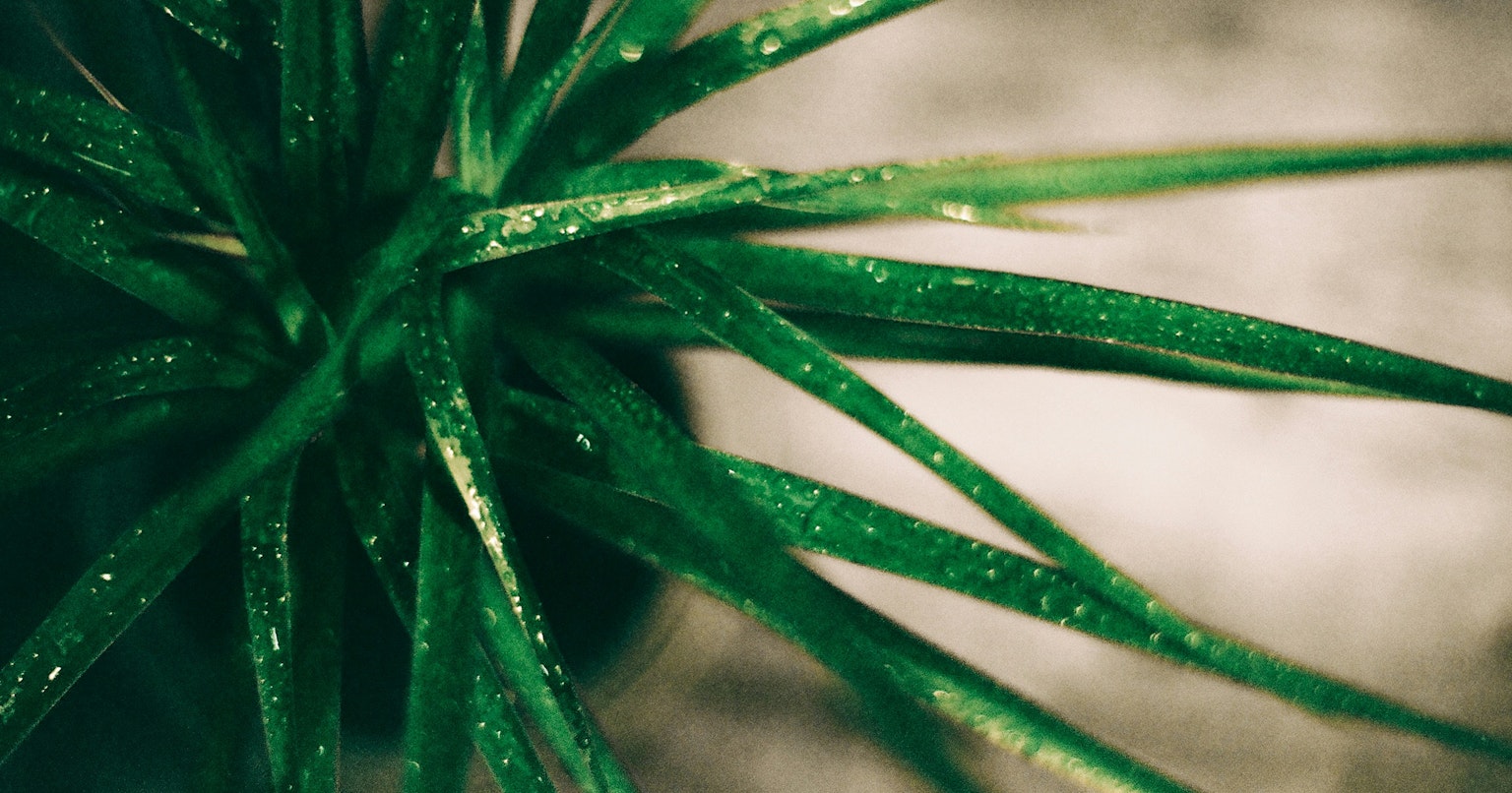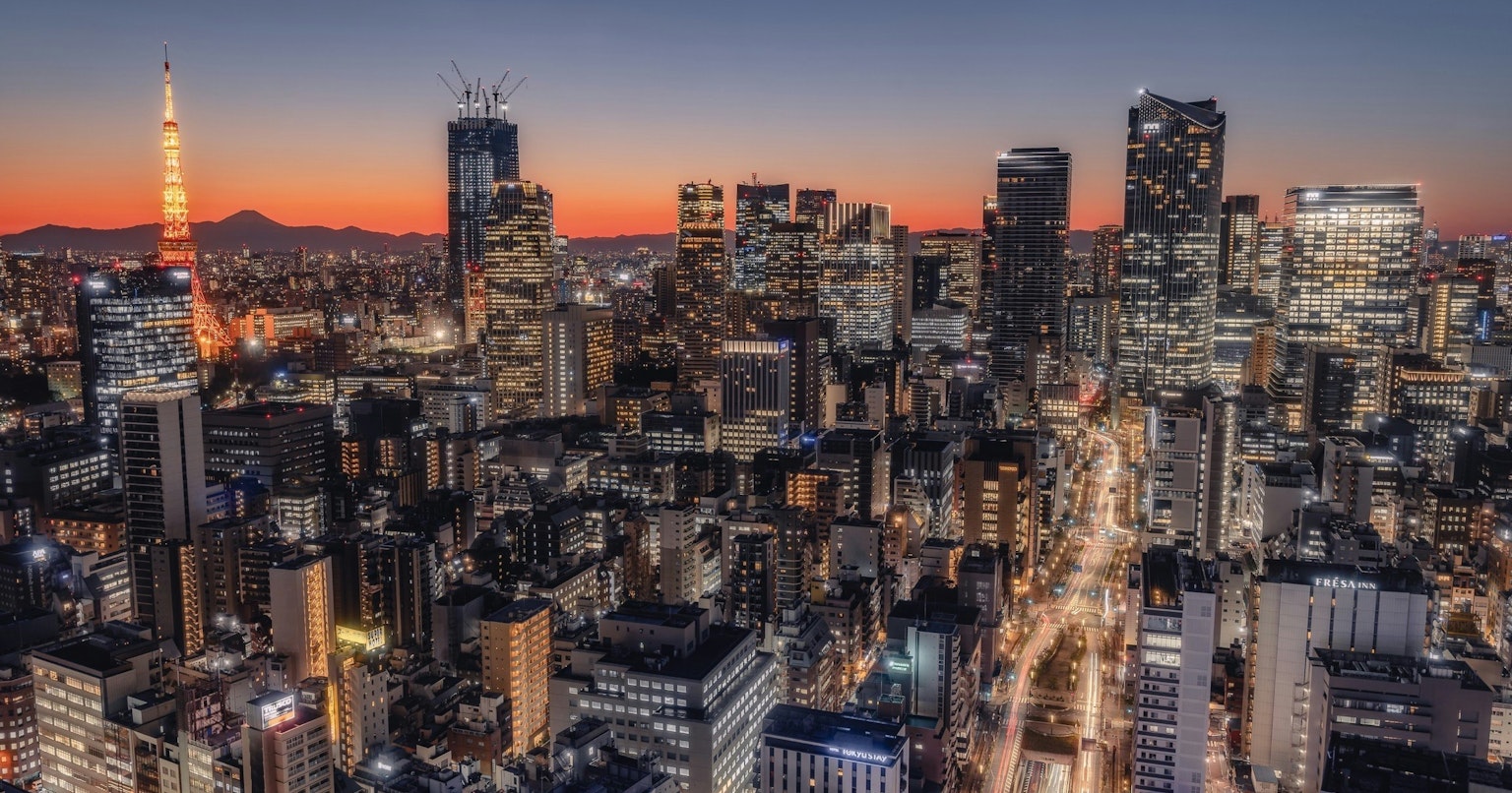
Cover image by Ryota
Night snap photography is an enchanting genre that captures the magical interplay of light and shadow. However, shooting under different conditions from the daytime brings challenges such as low light and motion blur. This article covers the essential basics for night snaps and offers recommended settings for various scenes.
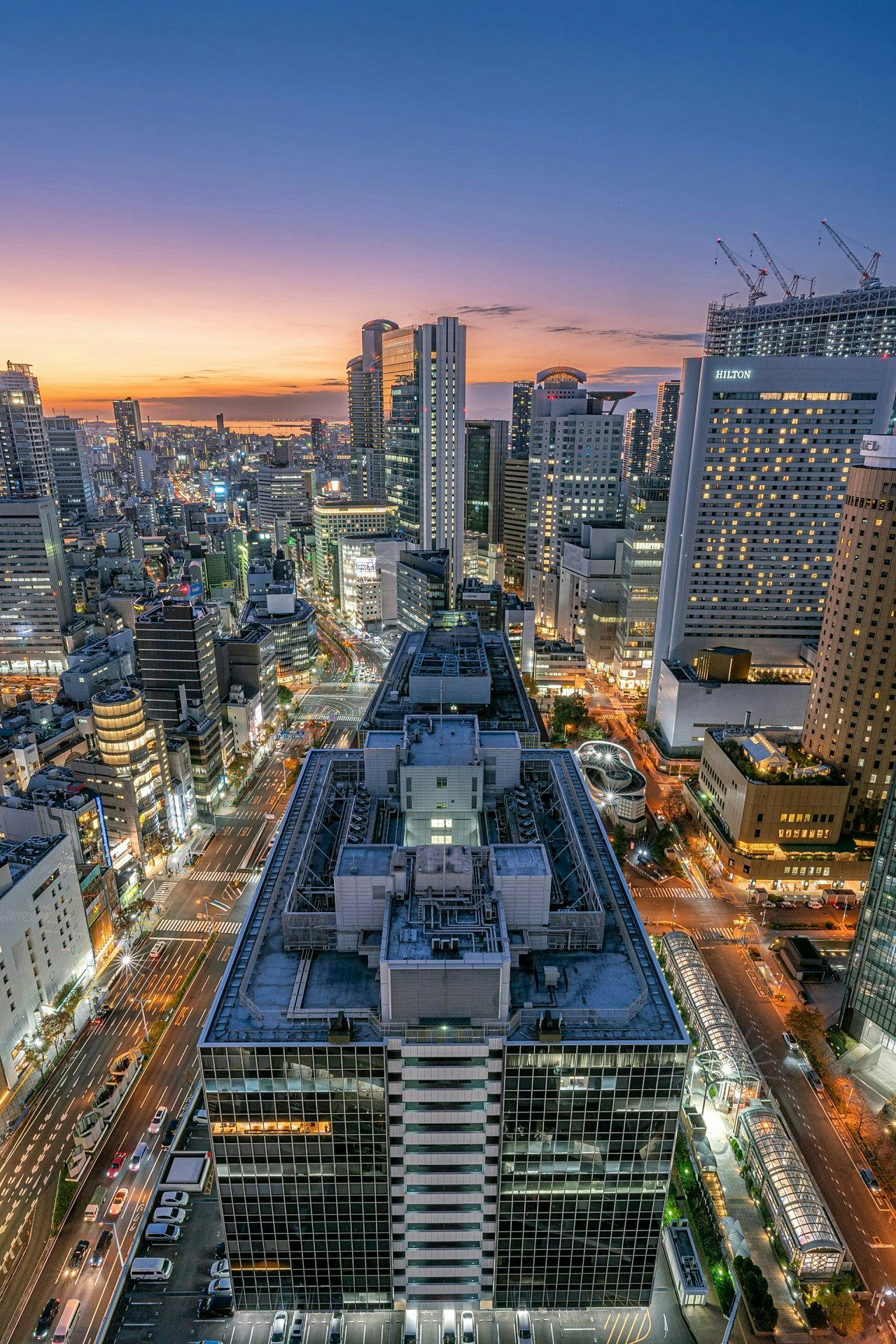
Image by yanma222
Basics of Night Snap Photography
Preventing Camera Shake
When shooting handheld, it's crucial to stabilize the camera. Hold the camera with both hands and fix your body to prevent shake. Utilize the camera's image stabilization if available. Using a tripod or monopod can provide more stability, though it may reduce the mobility unique to snap photography.
Focusing Techniques
Autofocus can be challenging at night. Ideally, use manual focus to accurately lock onto your subject. Manually selecting the focus point can also enhance precision.
Shooting in RAW
Shooting in RAW format allows for detailed post-processing, particularly useful for noise reduction and color correction.
Exposure Compensation
In night photography, automatic exposure settings may be too bright. Adjust exposure compensation to a negative value for appropriate brightness.
Continuous Shooting
Capturing moving subjects at night can be challenging. Use continuous shooting to ensure you don't miss the best moment.
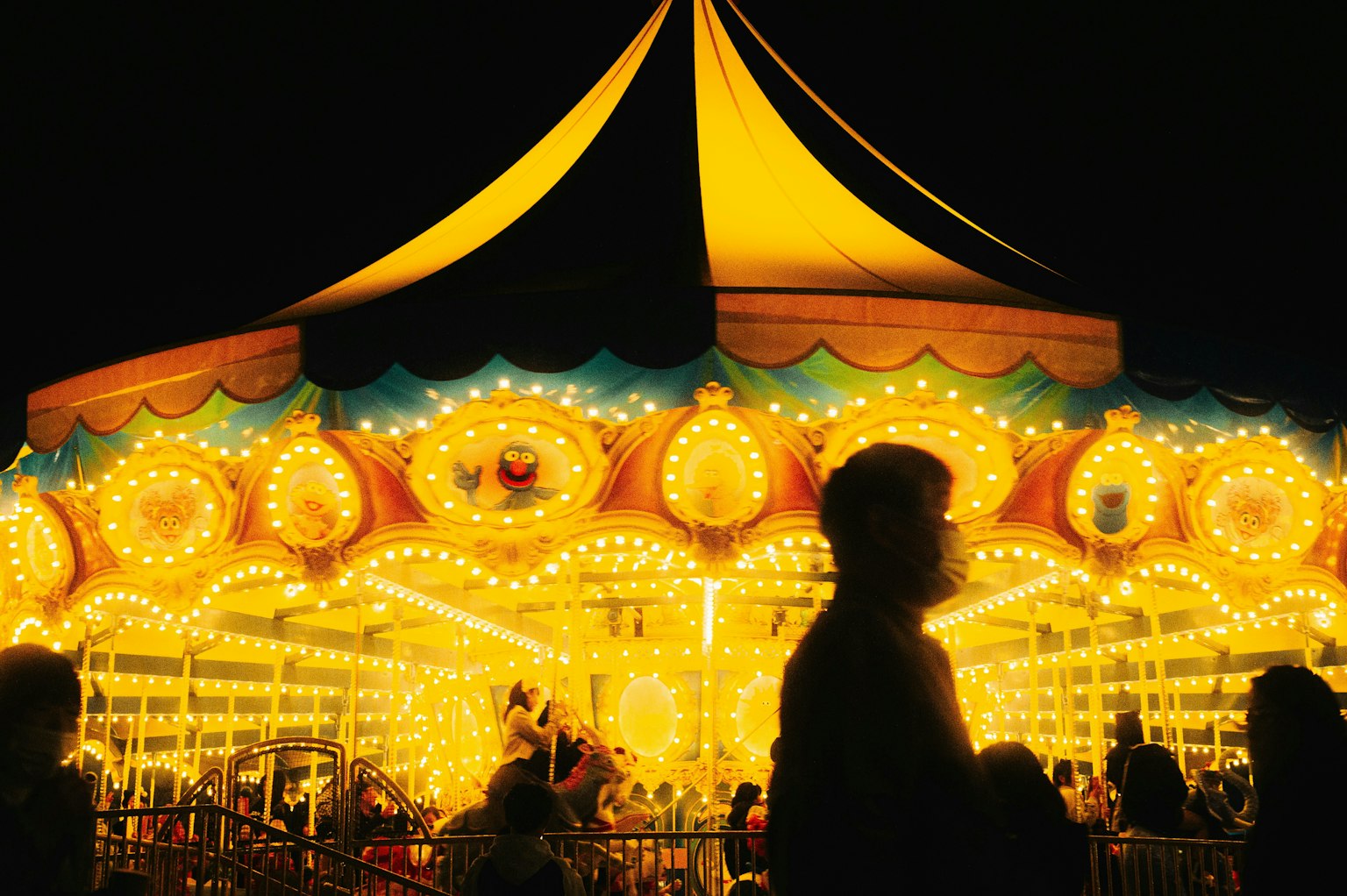
Image by daphoto
Recommended Settings by Scene
Here are recommended settings for beginners by scene. Adjustments may be necessary based on your camera and lens capabilities, but these serve as a basic guideline.
◆ General Night Snap Photography
ISO: 400–1600
Due to low light at night, increase the ISO to secure shutter speed. However, too high an ISO increases noise, so adjust according to your camera's performance.
Shutter Speed: 1/60–1/125 sec
For handheld shooting, aim for a shutter speed of at least 1/60 sec. Set the fastest shutter speed possible to prevent shake. If using a tripod, slower speeds are feasible.
Aperture (F-stop): f/2.8–f/4
Use a small F-stop to create a shallow depth of field, making the subject stand out from the background. This also allows more light in low-light conditions.
White Balance: Auto or Adjust as Needed
Adjust white balance according to the lighting color. Auto white balance can yield good results, but consider manual settings to emphasize specific tones.
◆ Shooting Moving Subjects at Night
ISO: 1600–3200
To capture moving subjects, a faster shutter speed is necessary. Increase the ISO further to secure shutter speed.
Shutter Speed: 1/250 sec or More
To freeze motion, a shutter speed of 1/250 sec or more is recommended. For faster movements, even higher speeds may be needed.
Aperture (F-stop): f/2.8–f/4
Maintain a small F-stop to prevent motion blur.
◆ Long Exposure Photography
ISO: 100–400
Use a low ISO for long exposure to minimize noise.
Shutter Speed: Several Seconds to Minutes
Use a tripod to stabilize the camera for long exposures, allowing for light trails or smooth water effects.
Aperture (F-stop): f/8–f/16
Deepen the depth of field to capture landscapes with overall focus.
White Balance: Manual Setting
For long exposures, fix the white balance to maintain specific color tones.
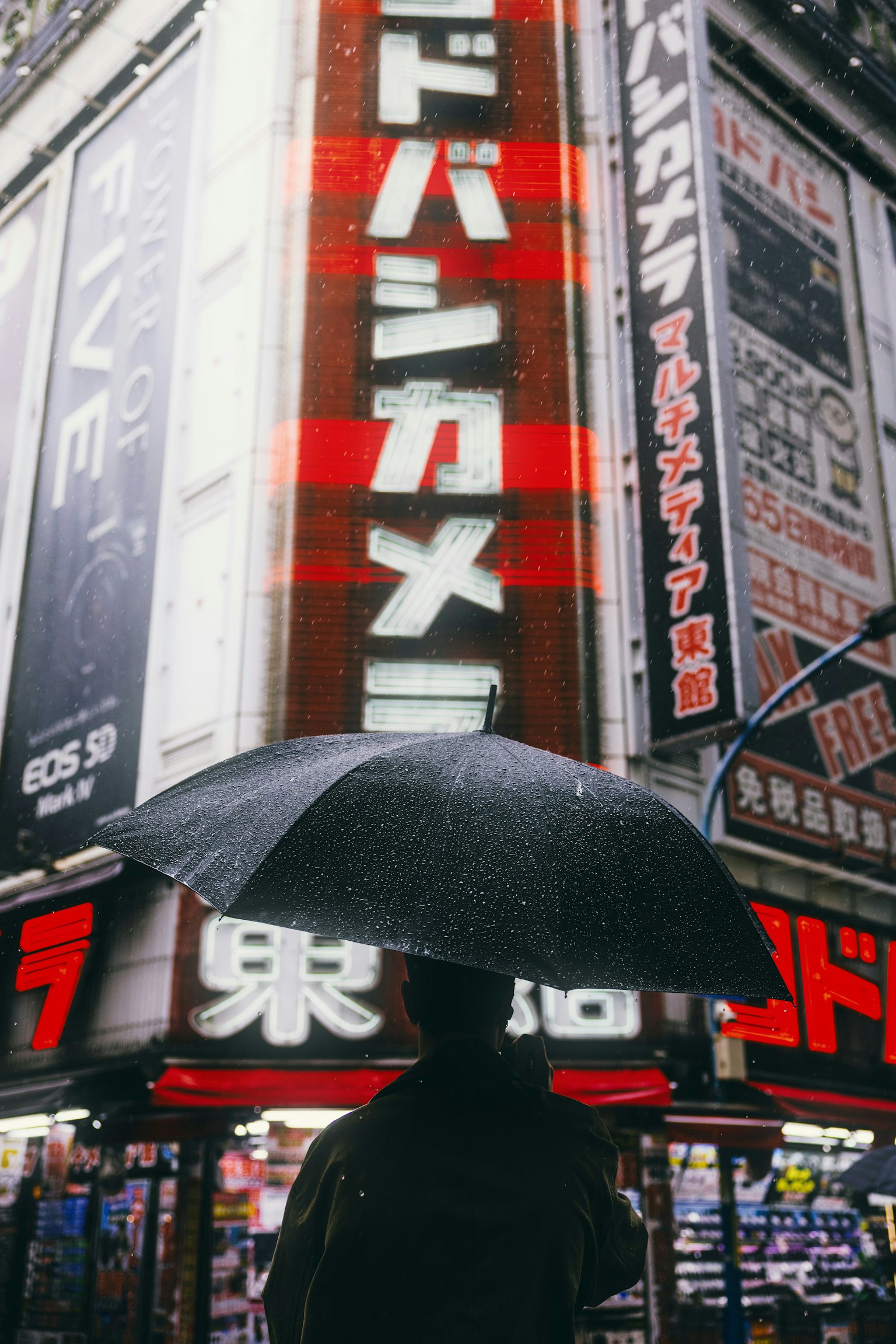
Image by ek_photofeeling

